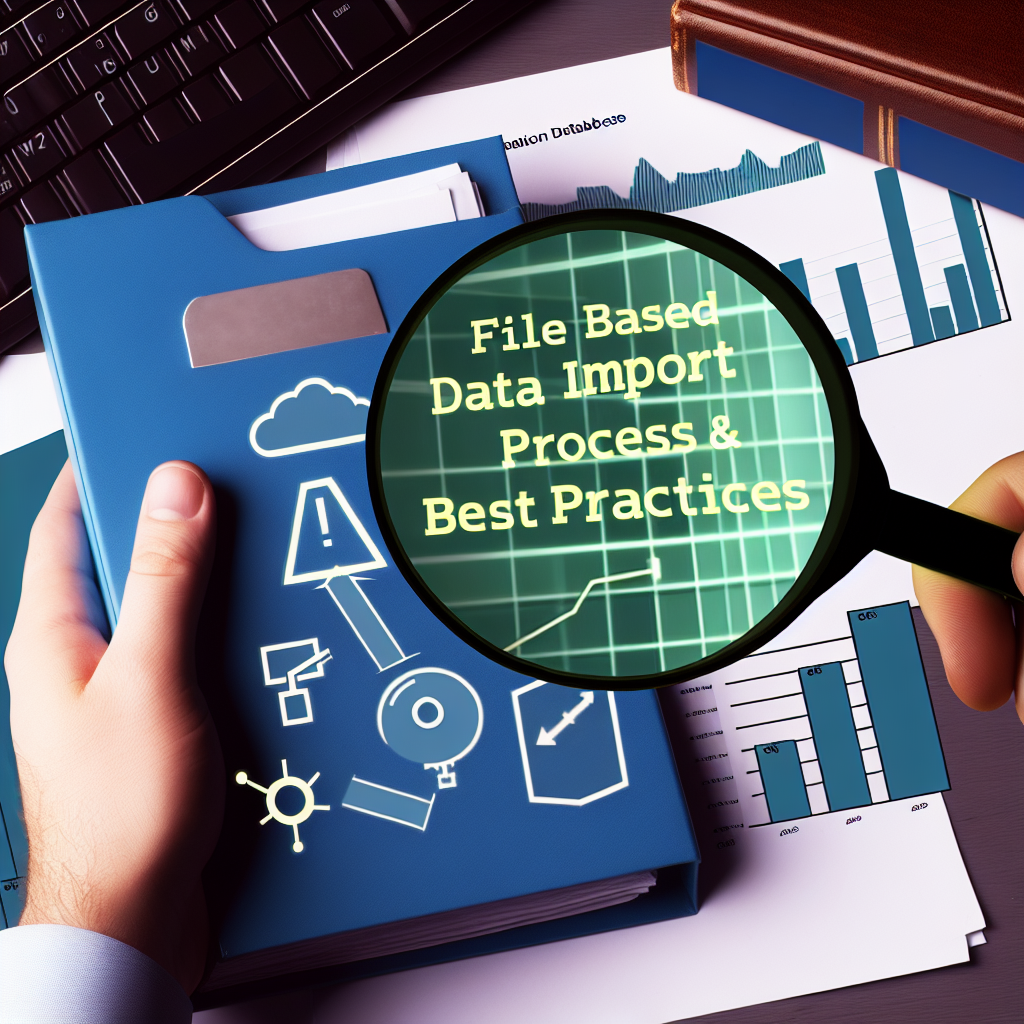In today’s data-driven environment, efficient and accurate data import processes are crucial for organizational success. The CoE-01 File Based Data Import provides a structured approach to integrating large volumes of data seamlessly into systems. This article explores the fundamentals, benefits, and best practices for implementing this vital process.
Understanding the CoE-01 File Based Data Import Process
The CoE-01 File Based Data Import is a standardized method used to transfer data files into enterprise systems like ERP, CRM, or data warehouses. This process ensures data consistency, accuracy, and efficiency by utilizing predefined formats and protocols. Typically, it involves several stages, starting from data extraction to validation and final import.
Key components of the process include:
- Data Extraction: Gathering raw data from diverse sources such as databases, spreadsheets, or external feeds.
- File Preparation: Converting data into approved formats, ensuring adherence to templates like CSV, XML, or Flat Files.
- Validation & Cleansing: Checking data quality, resolving duplicates, and correcting errors to meet data integrity standards.
- Import Execution: Executing the import through automated scripts or manual triggers, often supported by specialized tools or middleware.
- Post-Import Monitoring: Verifying data accuracy post-import and addressing any anomalies or failures.
Best Practices for Successful Implementation
Implementing the CoE-01 File Based Data Import efficiently requires adherence to best practices to mitigate risks and optimize performance. These include:
- Designing Robust Data Templates: Use well-defined templates to reduce errors during data entry and facilitate easier validation.
- Automation: Leverage automation tools to schedule regular imports, minimize manual intervention, and boost reliability.
- Validation and Error Handling: Incorporate validation routines to identify issues early, with clear error logs and alert mechanisms to prompt quick resolution.
- Documentation and Version Control: Maintain detailed documentation of data formats, processes, and changes to ensure consistency across teams.
- Security Measures: Ensure transfer protocols are secure, especially when handling sensitive or confidential information, to prevent data breaches.
By focusing on these practices, organizations can streamline their file-based data import workflows, reduce downtime, and improve data accuracy—ultimately supporting better decision-making and operational efficiency.
Conclusion
The CoE-01 File Based Data Import serves as a foundational process for integrating large data volumes into enterprise systems reliably and efficiently. From understanding its core components to adopting best practices, organizations can ensure smooth, accurate, and secure data transfers. Mastering this process not only enhances operational workflows but empowers data-driven decision-making essential for business growth.
